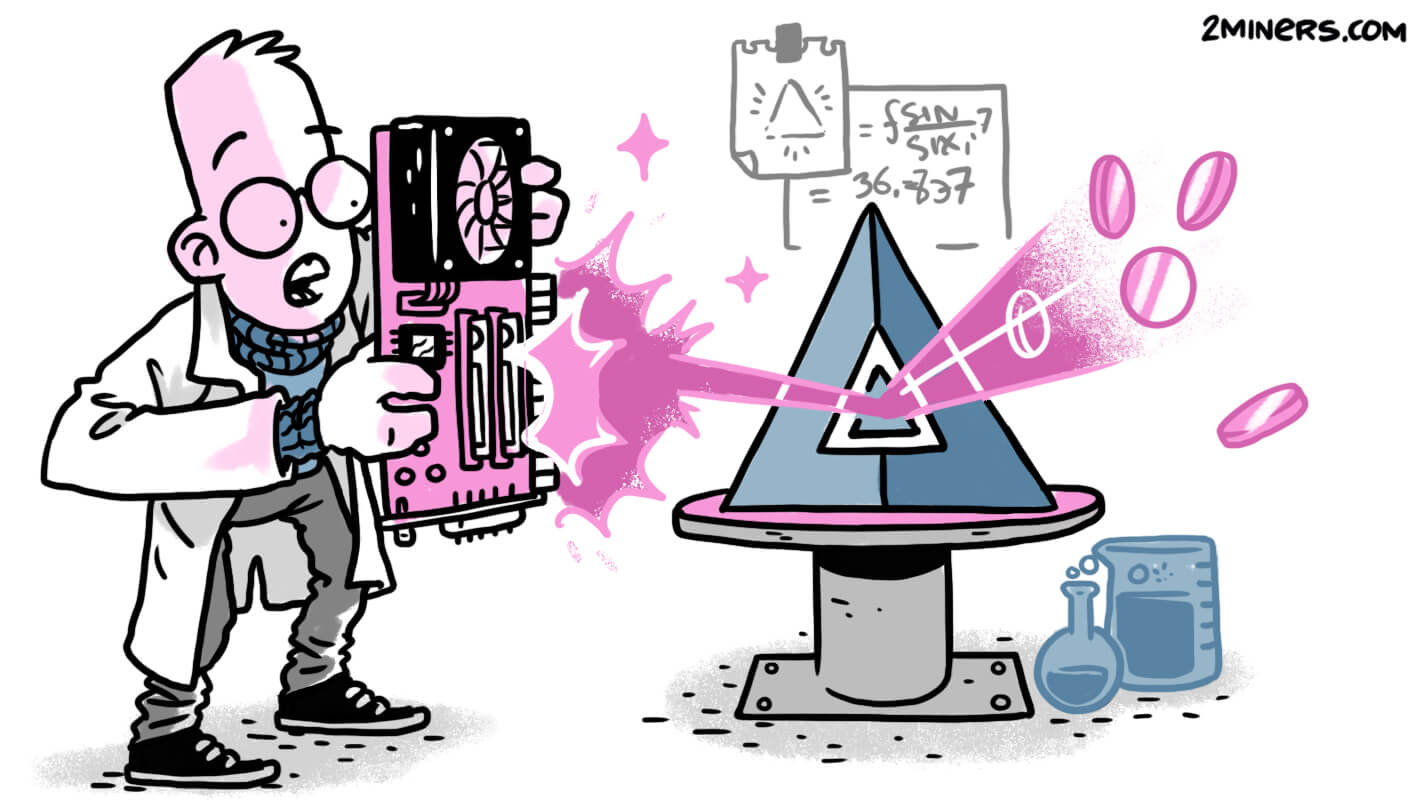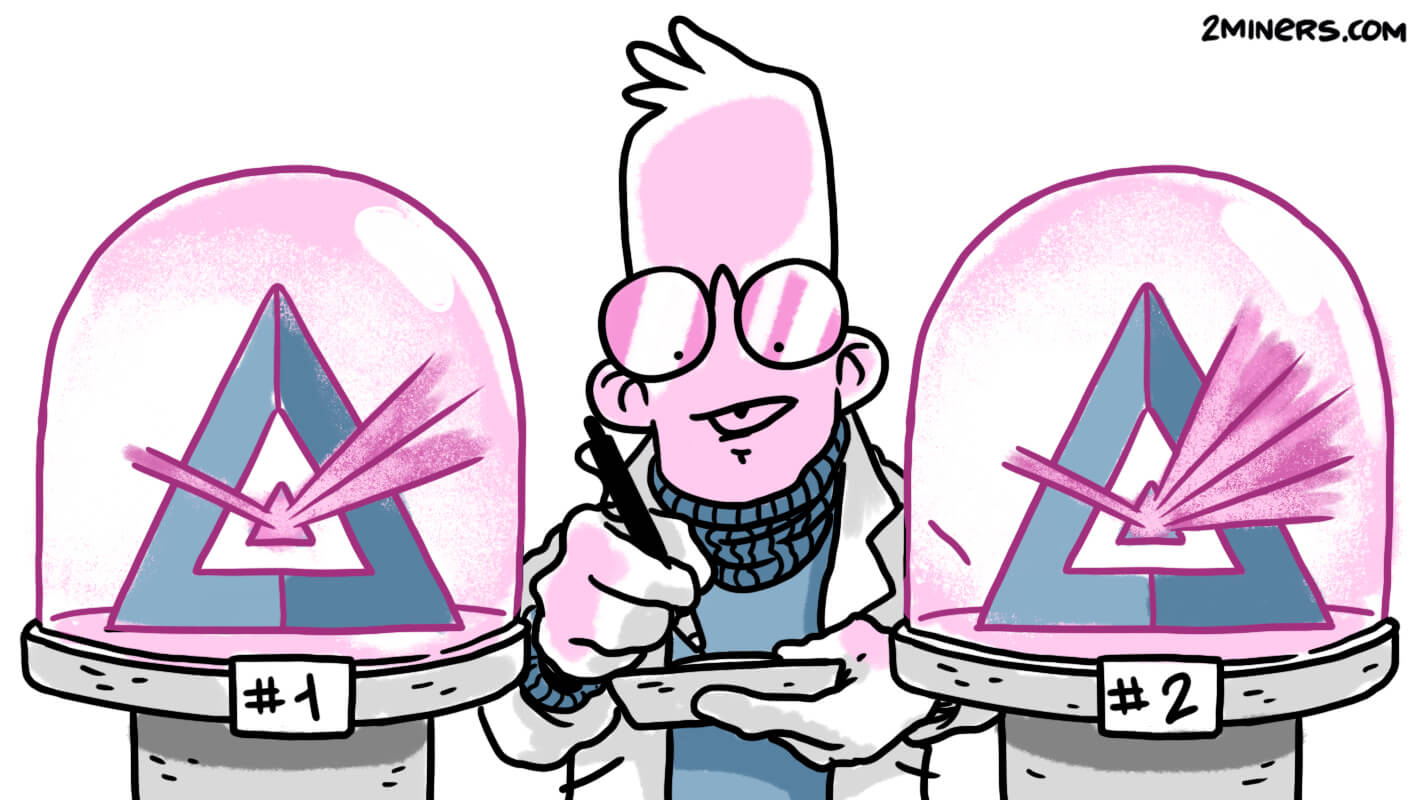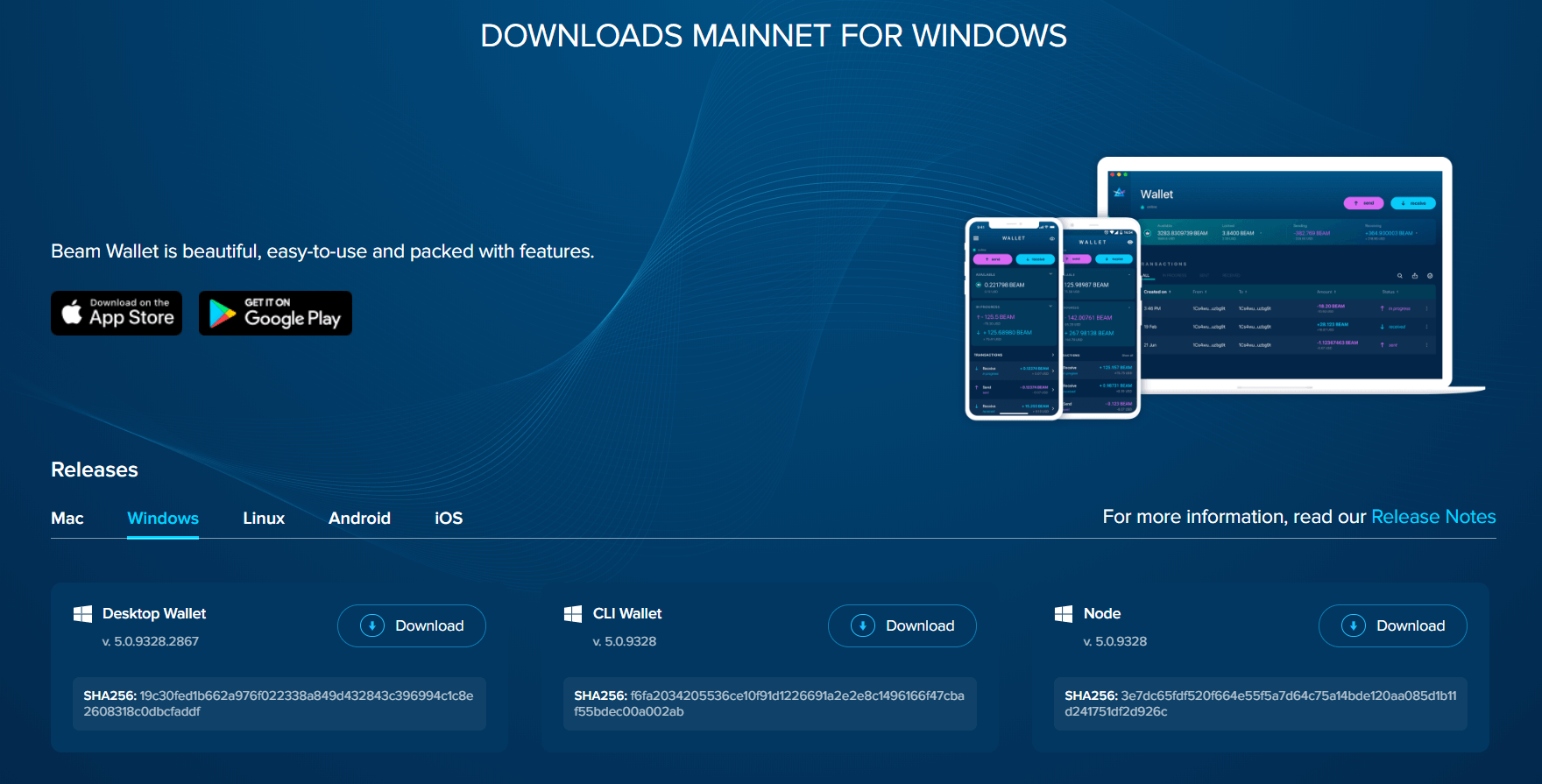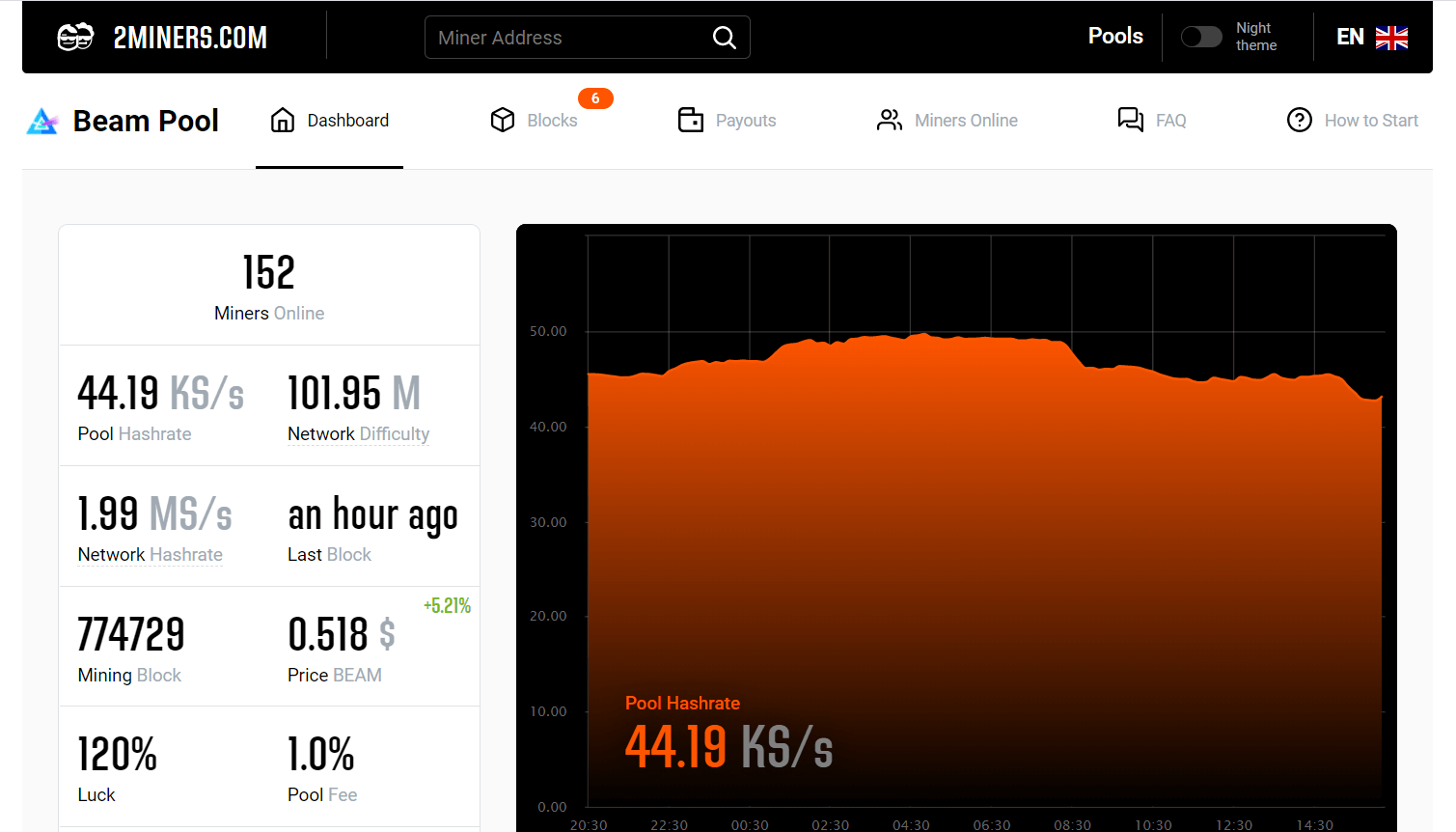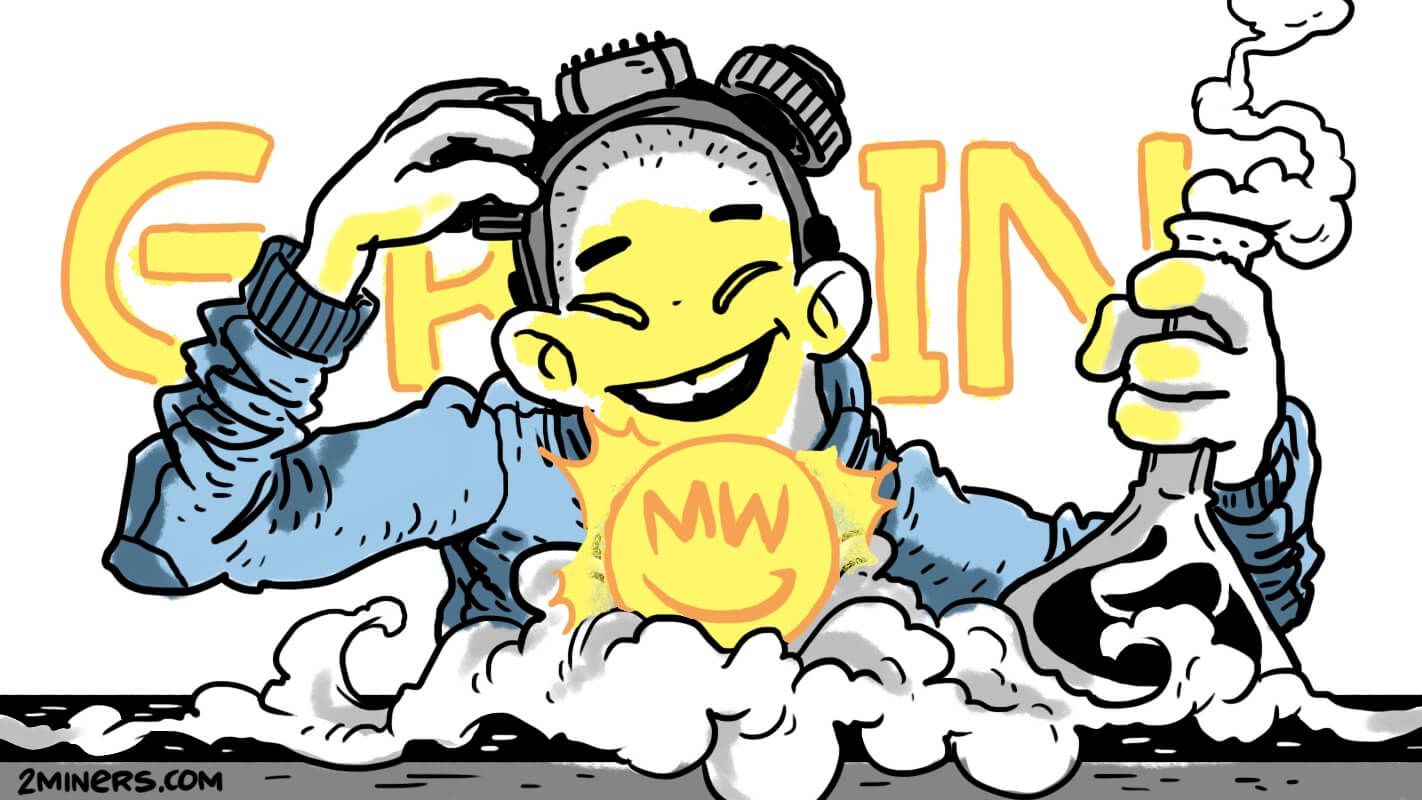Indeed, the hard fork was planned in advance making part of the Beam roadmap. The developers were going to introduce changes into the blockchain months before the hard fork. The final block number was announced on April 22, 2020, two months before the update. Last time the hard fork was announced one month in advance.
Contents
Beam Hard Fork in June 2020. What Will Change?
The hard fork will be executed on block 777 777. Approximately, it will happen on June 28, 2020, when the cryptocurrency network reaches the necessary block height.
The developers point out four major changes.
- BeamHash III algorithm. Beam will switch from BeamHash II to the new BeamHash III algorithm. It is supposed to become the final PoW algorithm.
- Support for confidential assets. It will allow to issue an unlimited number of new asset types on the same blockchain. Each of them will be tagged with a corresponding generator point, thus allowing to distinguish between them during the transaction validation.
- Support for Lelantus Mimblewimble. The Beam developers rewrote the original Lelantus protocol created by Zcoin’s cryptographer Aram Jivanyan. Thanks to the changes they introduced, transaction values will never be revealed, and the network will support shielded outputs and inputs.
- Support for one-sided payments, also known as direct anonymous payments. In February 2019, Beam developers came up with an idea of one-sided payments. After the initial setup they made it possible for any sender to issue fixed-value payments to a specific payee without any further assistance on his side. However, it was less anonymous and the payment functionality was limited. Direct anonymous payments in Lelantus don’t have this limitation and allow to create shielded outputs.
BeamHash III Algorithm
The new mining algorithm is a key feature of the upcoming hard fork, so it deserves special attention. The new Beam algorithm is called BeamHash III. It is supposed to be the final algorithm. The creators are not planning to change it unless there is a serious reason to do so.
In comparison to the previous algorithm, BeamHash III will decrease the difficulty of the compute operation and will have a reduced solution size. Moreover, the developers added the forkheight2 parameter to the response of the Beam stratum. This will allow to inform mining software about the upcoming hard fork. The developers hope that this feature will ensure a smooth network update.
All the details about BeamHash III are in this video. It was created by a Beam Foundation team member Wilke Trei, known as Lolliedieb. The video has subtitles.
The developers point out that all Beam algorithms, including BeamHash III, belong to the same type of interface. It means that the preparation for the upcoming hard fork will be identical to the previous ones. Miners just have to update their software to the latest version.
How to Get Ready for Beam Hard Fork?
When Beam reaches block height 777 777, wallets earlier than 5.0 will stop working. Miners won’t be able to get access to their funds. In order to avoid this issue, miners need to upgrade their wallets to version 5.0 or later. However, there is nothing to worry about. Even if you don’t update the wallet in time, your funds will stay where they are.
You can also download a desktop wallet, CLI Wallet or Node for different operating systems, on the official website of the project. The latest software version is 5.0.9328. The link contains the update for MacOS, Windows, Linux, Android and iOS.
What Should Beam Miners Do?
Miners should update Gminer to the latest version. The final miner version is available in the archive linked here. The archive password is 2miners. The developers promise that the transition will be smooth and comfortable.
The 2Miners pool is ready for the hard fork. We have both PPLNS and SOLO mining options. The pool users with NVIDIA GPU’s can keep mining the cryptocurrency and just need to update their mining software.
The correct bat file for Beam mining with lolMiner in the 2Miners pool remains the same. It looks as follows.
lolMiner.exe --algo BEAM-III --pool beam.2miners.com:5252 --user YOUR_ADDRESS.RIG_ID --pass x timeout 10
What Does Beam Hard Fork Mean for Miners?
The Beam developers point out two major features of the upcoming hard fork that will influence miners.
- BeamHash III and graphics cards. According to the developers, the new algorithm is going to be a great improvement to the Beam mining network and GPU miners. The wider memory operations in the design of BeamHash III will allow the better use of GPU capabilities. As a result, the algorithm will easily saturate the given bandwidth of the GPU card, reducing the potential advantage of other devices, especially FPGAs. The developers say that secret mining on unknown devices will be more unlikely. They believe that at least for the foreseeable future mining in the Beam network will be 100% ensured by GPUs.
- BeamHash III and ASICs. The lower compute dependency of BeamHash III reduces the potential advantage of ASICs over GPUs. At the same time, it allows GPUs to run fewer clock rates for the improved hashrate. If, eventually, there is an ASIC that can handle BeamHash III, it would need to have a smaller compute fraction, which would make it less efficient. The developers hope that the production of such devices won’t be cost-effective. So the network is supposed to be ensured exclusively by GPUs.
As a result, the Beam network will update according to the initial plan, the new mining algorithm will become final, while ASICs and FPGAs will lose their advantage in performance and profitability. The project creators care about Beam miners making sure that the network remains appealing to them.
